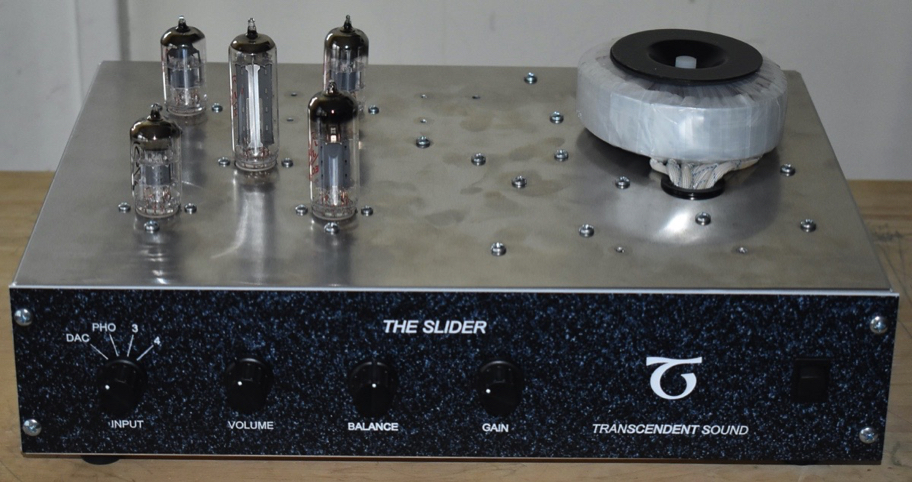Tony L
Administrator
@Tony L did build those TKD pots into a sandwich box I think. Why did you change them, Tony? Was there any difference?
I built that one for a specific task rather than buy yet another Audio Synthesis (which are not especially cheap or common second hand). At the time I was playing about with a pair of Decca Kelly horns as “supertweeters” on my Tannoys and was powering them from a second 303, I built the Tupperware passive as a level control for them. It is very, very good, but the AS stepped attenuators are better (at many multiples of the price).


